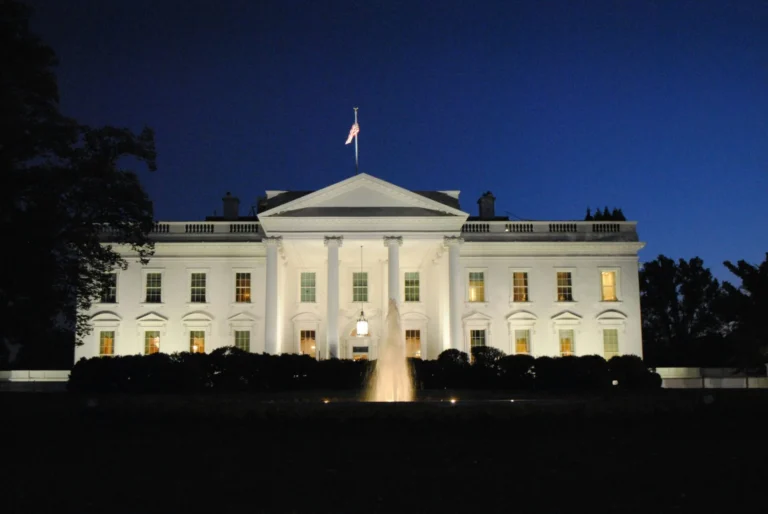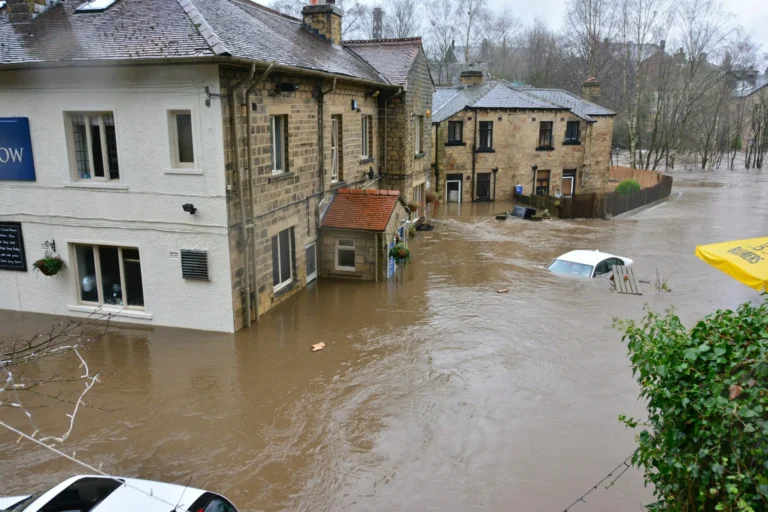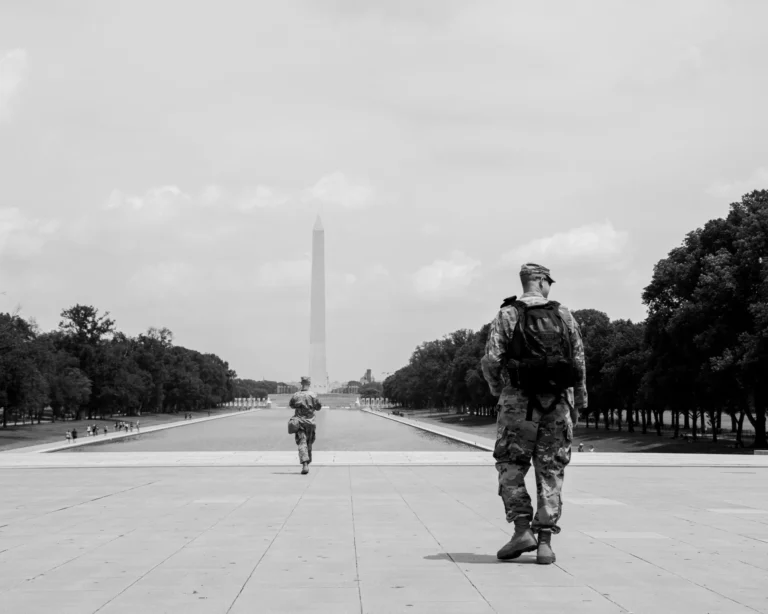Current means of gov’t assistance do not fully provide a ‘public health and medical response to disasters.’ America Still Lacks Comprehensive Disaster Relief Plan, Says Gov’t ReportBy Cliff Montgomery – Dec. 5th, 2007Such events as Hurricane Katrina and the terrorist attacks of September 11th, 2001, have revealed gaping holes in our country’s disaster relief plans. Every American may be struck by a sudden disaster–unfortunately that remains one of the constant truths of life.Therefore Americans need a decent, comprehensive plan which addresses this clear problem. That our government still hasn’t produced such a plan is both a shock and an outrage.A September 19th, 2007, Congressional Research Service (CRS) report on America’s “Public Health and Medical Response to Disasters” was recently released to members of Congress. CRS reports are unclassified studies by this democratic government which are informative, easy-to-read–and currently not made directly available to the American public. But has obtained a copy of this report for our readers.We quote from the CRS study below:“When catastrophes overwhelm state and local response capabilities, the President (acting through the Secretary of land Security) can provide assistance to stricken communities, individuals, governments, and not-for-profit groups to assist in response and recovery.”Aid is provided under the authority of the Robert T. Stafford Disaster Relief and Emergency Assistance Act (the Stafford Act) upon a presidential declaration.”The Secretary of Health and Human Services (HHS) also has both standing and emergency authorities in the Public Health Service (PHS) Act by which he can provide assistance in response to public health and medical emergencies. He has limited means, however, to finance activities that are ineligible, for whatever reason, for Stafford Act assistance.”The flawed response to Hurricane Katrina, and preparedness efforts for an influenza (‘flu’) pandemic, have each raised concerns about existing federal response mechanisms for incidents in which there are overwhelming public health and medical needs.”In addition, some concerns have been expressed about federal leadership and delegations of responsibility for the public health and medical response to incidents, as carried out according to the National Response Plan (NRP). […]”Though many public health activities may be funded through Stafford Act assistance when an emergency or major disaster is declared, Stafford Act assistance is not well-tailored toward the public health and medical response to disasters.”Recent incidents — in particular the September 11 and anthrax attacks of 2001, and several Gulf Coast hurricanes in 2005 — have demonstrated the limitations of Stafford Act assistance in supporting public health and medical responses.”First, it is not clear that Stafford Act major disaster assistance is available for the response to infectious disease threats, whether intentional (bioterrorism) or natural (e.g., pandemic flu).”Second, the Secretary of Health and Human Services (HHS) has authority to draw upon a special fund to finance departmental activities in response to unanticipated public health emergencies, but there is at present no money in the fund.”Finally, there is no existing comprehensive mechanism to provide federal assistance for uninsured or uncompensated individual healthcare costs that may be incurred as a result of a natural disaster or terrorist incident, though there is not general agreement that such assistance should be a federal responsibility. […]”However, following Hurricane Katrina, Congress provided $2.1 billion for short-term assistance to host states, through the Medicaid program, to cover the uninsured healthcare needs of eligibleKatrina evacuees.”Some in Congress have proposed establishing a mechanism to cover certain uninsured healthcare costs of responders and others exposed at the World Trade Center site in New York City following the 2001 terrorist attack, some of whom are experiencing related health problems five years after exposure.”There are [also] concerns about how a public health and medical response would be managed during a flu pandemic. There is precedent, under the Stafford Act, for the President to declare an infectious disease threat an emergency (which provides a lower level of assistance), but no similar precedent for a major disaster declaration (which provides a higher level of assistance).”In any case, many of the needs likely to result from a flu pandemic could not be met with the types of assistance provided pursuant to the Stafford Act, even if a major disaster declaration applied.”Like what you’re reading so far? Then why not order a full year (52 issues) of thee-newsletter for only $15? A major article covering an story not being told in the Corporate Press will be delivered to your email every Monday morning for a full year, for less than 30 cents an issue. Order Now!

Military Planes Unsafe Thanks To Poor Oversight
GAO has found continued “concerns with the [Pentagon’s] ability to collect and share the information needed to identify and mitigate aviation safety risks,”




